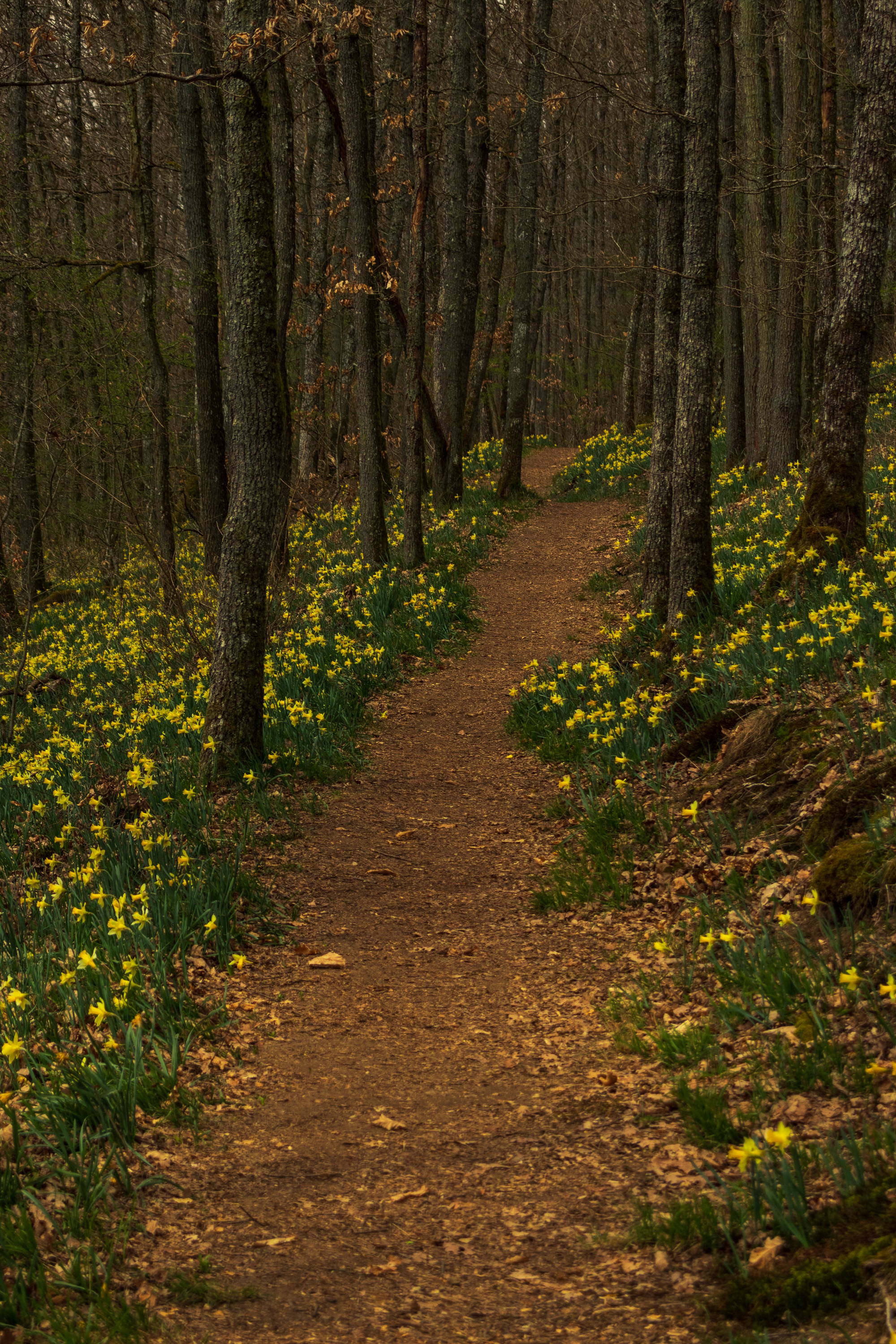“9 So they rushed back from the tomb to tell his eleven disciples—and everyone else—what had happened. 10 It was Mary Magdalene, Joanna, Mary the mother of James, and several other women who told the apostles what had happened. 11 But the story sounded like nonsense to the men, so they didn’t believe it.
12 However, Peter jumped up and ran to the tomb to look. Stooping, he peered in and saw the empty linen wrappings; then he went home again, wondering what had happened.”
—Luke 24:9-12
If we’re honest with ourselves, most of us do not put much stock in hope. It’s a nice idea, of course, in a fantastical daydreaming kind of way. But in truth, we often do not expect that our hopes—our visions of a better future—are attainable. Weighed down by an avalanche of bad news, broken systems, and bad-faith actors, it is easy to feel defeated. “What’s the point of resisting?” we wonder. A pitiful ending seems inevitable.
In such a worldview, hope is passe, infantile, cringeworthy. And anyone who can remain optimistic, we assume, is just not paying close enough attention. As we contemplate the Easter story, we might find ourselves agreeing with the apostles' initial assessment—that it sounds like nonsense. We might be tempted to shake our heads at the women for letting their imaginations run away with them—at Peter’s antics, running headlong into an apparent delusion.
There is an element of self-preservation in this outlook. Cynicism is often framed as an armor we don—making us strong and protecting us from being harmed. If we expect disappointment, the thinking goes, we’ll never truly be disappointed. In reality, our cynicism and nihilism are more akin to blinders. On the same day that the women found the stone at the tomb rolled away, two other of Jesus’ followers were walking along the road to Emmaus. These men were so consumed by their surety that all hope was lost that they did not recognize the living Jesus walking alongside them (Luke 24:13-21).
Easter invites us into God’s divine vision for all of creation. It urges us to dream big, to resist the narrative that doom and destruction are inevitable. Lulled into a kind of waking sleep by the knell of nihilism, the empty tomb jolts us back to awareness. Here—right now—the Holy Spirit is on the move, evoking beauty, speaking love, inspiring Shalom. Hope is not a flight of fancy or a pipe-dream. It is an acknowledgment of the wonder of our Creator. It is boldly and intentionally stepping into the growth and renewal of God and striving to partner in revitalization.
Jesus is walking alongside us. Why do we expect him to be in the tomb? To dismiss or deride hope is to close ourselves off to the good that God intends for us; it is to succumb to the lie that we are incapable of joining in that good. There is reason to rejoice! Not just on Easter Sunday, but every day of our lives. In the words of Romans 5:3-5,
“We can rejoice, too, when we run into problems and trials, for we know that they help us develop endurance. And endurance develops strength of character, and character strengthens our confident hope of salvation. And this hope will not lead to disappointment. For we know how dearly God loves us, because he has given us the Holy Spirit to fill our hearts with his love.”
Easter offers us the ability to envision a better, renewed, beautiful world. It encourages us to embrace hope, not as a figment of our imagination, but as a tangible goal we can strive for. Championing justice and demonstrating love and generosity for our communities and our world, we enter into the Good News.
This Easter, may we cast off the shackles of nihilism and step out anew in jubilation. Amen.
Words: Emma Tweitmann
Images: Andréas Brun, Subhasish Dutta



